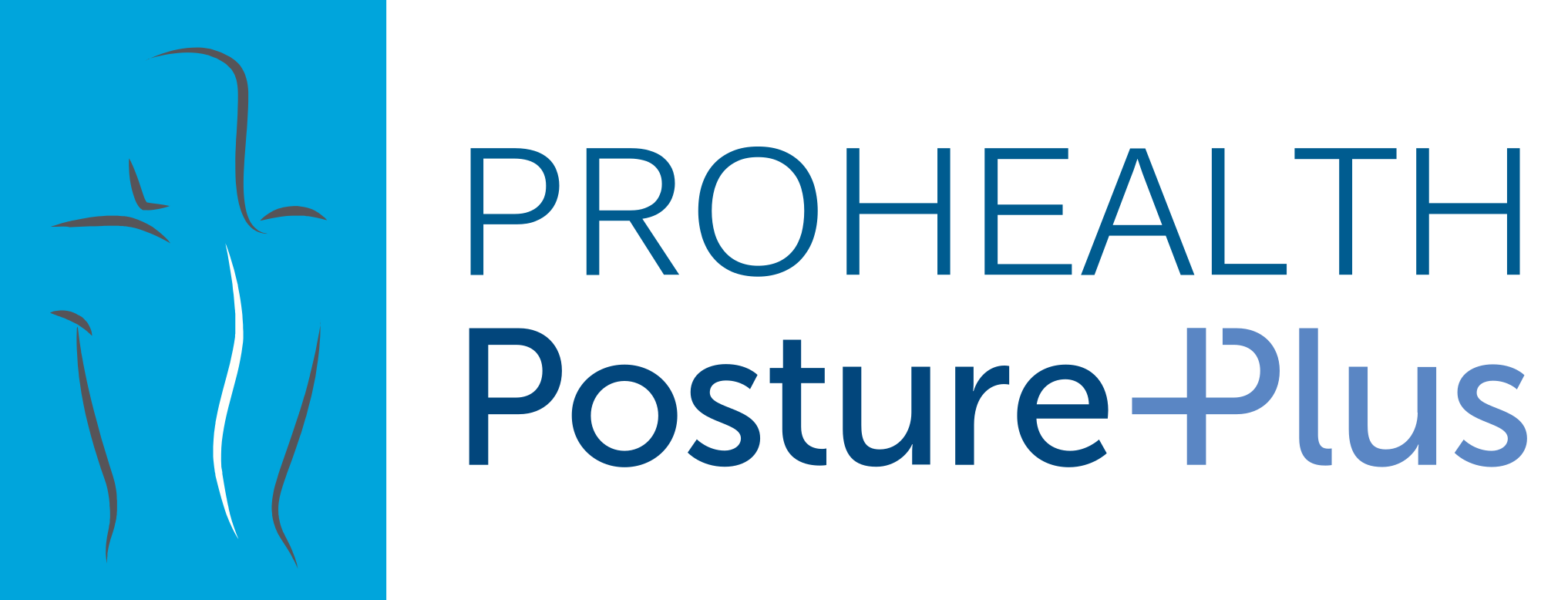
Common Golf Injuries
Golf is becoming increasingly popular in Hong Kong. 2023 marked the year that Hong Kong golfer Taichi Kho made history by becoming the first player from Hong Kong to win an event on the Asian Tour.
Many people believe that golf is a non-strenuous activity, and it is generally seen as a low-impact sport. However, golf movements can be demanding on the body and often lead to injuries due to the repetitive nature of the golf swing, which is a highly asymmetrical movement.
In this article, we will take a closer look at the most common golf injuries, their possible causes, and tips for preventing them.
Golf Swing Mechanics
The golf swing is a highly coordinated, multisegmented, rotational, closed chain activity that requires strength, explosive power, flexibility, speed, and balance. The physical demands on the body are enormous!
Let’s take a closer look at a typical golf swing and the possible locations of injuries:
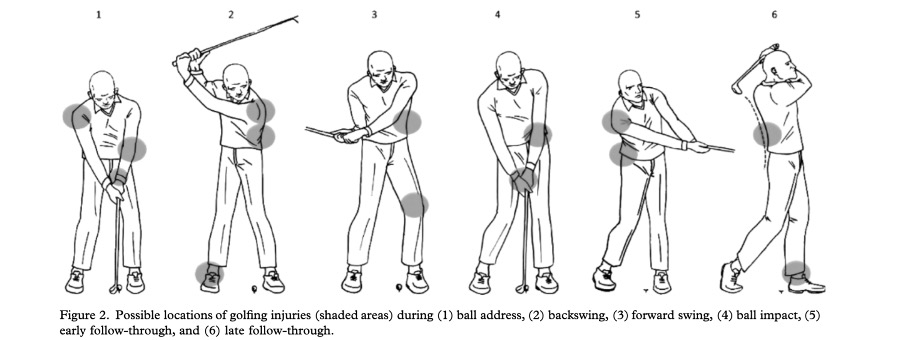
The effect of these repeated large forces on the body can lead to many different types of injuries, which are often specific to certain areas and sides of the body in golfers, depending on their lead side.
In amateur golfers, the lower back, shoulders, elbows, wrists and hand are the main areas prone to have injuries.
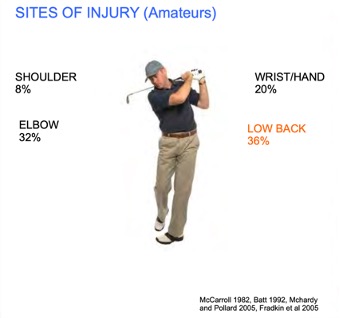
Common Types of Golf Injuries
Lower Back
There are at least 4 different forces acting on the lower back (lumbar spine) in a golf swing. The combination of downward compressive force, side to side bending and shearing forces and front to back shearing force is the best way to herniate a disc! In a cadaveric study, the peak shear load in golf is strong enough to produce pars interarticularis fracture!
The repetitive forces in golf can also lead to wear and tear of the facet joints in the lumbar spine. Besides, many golfers struggle to maintain a good neutral spine position in addressing the ball which puts extra stress on the disc of the spine.

Shoulder Injuries
Shoulders need to be flexible and stable in golf! Every time you raise the golf club for a golf swing, both of your shoulders are forced and stretched into different extremed positions. Without the flexible shoulders, the spine will over rotate to compensate.
The golf swing can put excessive stretch at the back of the shoulder joint capsule resulting joint instability. This could lead to labral tear, impingement issue and rotator cuff tears etc.
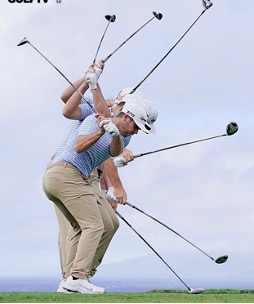

Elbow Injuries
Tennis Elbow and Golfer’s Elbow are both common in golfers. While tennis elbow is a painful condition at the outside elbow region and golfer’s elbow is at the inside, both conditions refer to tendon degeneration of wrist extensors and flexors respectively. This is often due to a sudden increase in loading in training or excessive loading due to technical faults.
Wrist and Hand Injuries
There are a larger range of wrist injuries in golf with the common area of pain at the side close to the little finger.
The extensor carpi ulnaris (ECU) works very hard in the golf swing which can lead to tendinopathy or subluxation. The repetitive wrist movements with loading of the golf club could damage the Triangular Fibrocartilage Complex (TFCC) of the wrist.
Best Tips on Preventing Golf Injuries
It is important for golfers to have the correct equipment, proper technique, warm-up exercise, and conditioning program to reduce the risk of injuries. Here are some tips for preventing golf injuries:
Warm Up Program
A good warm-up program can activate your mind and muscles in golfing. The Golf Related Injury Prevention Program (GRIPP) is an effective warm-up program in reducing the risk of golf injury. See below for the program, which consists of 6 exercises. You will need to continue the movements in a controlled manner. Please stop the exercise if you experience any pain.
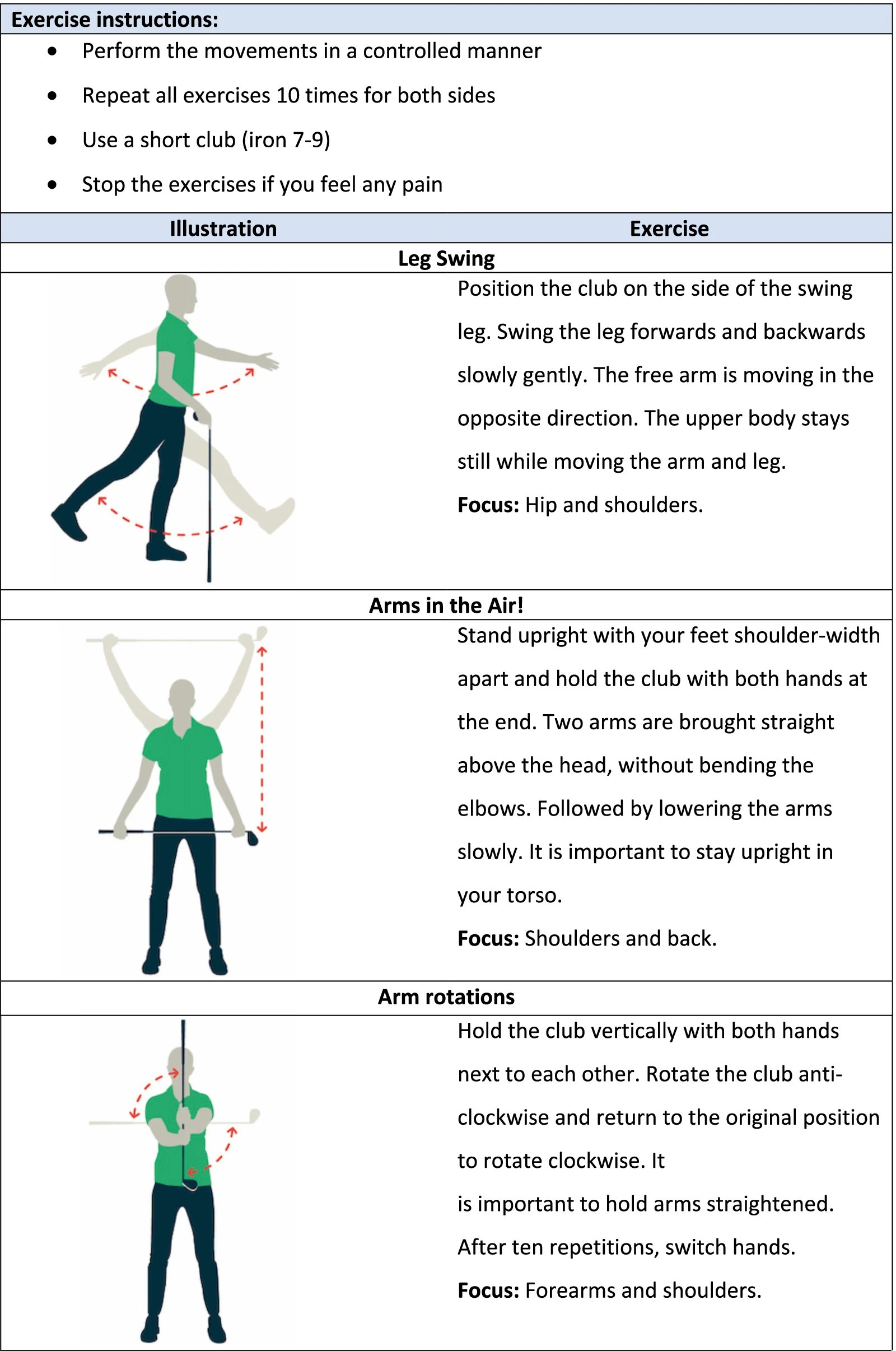
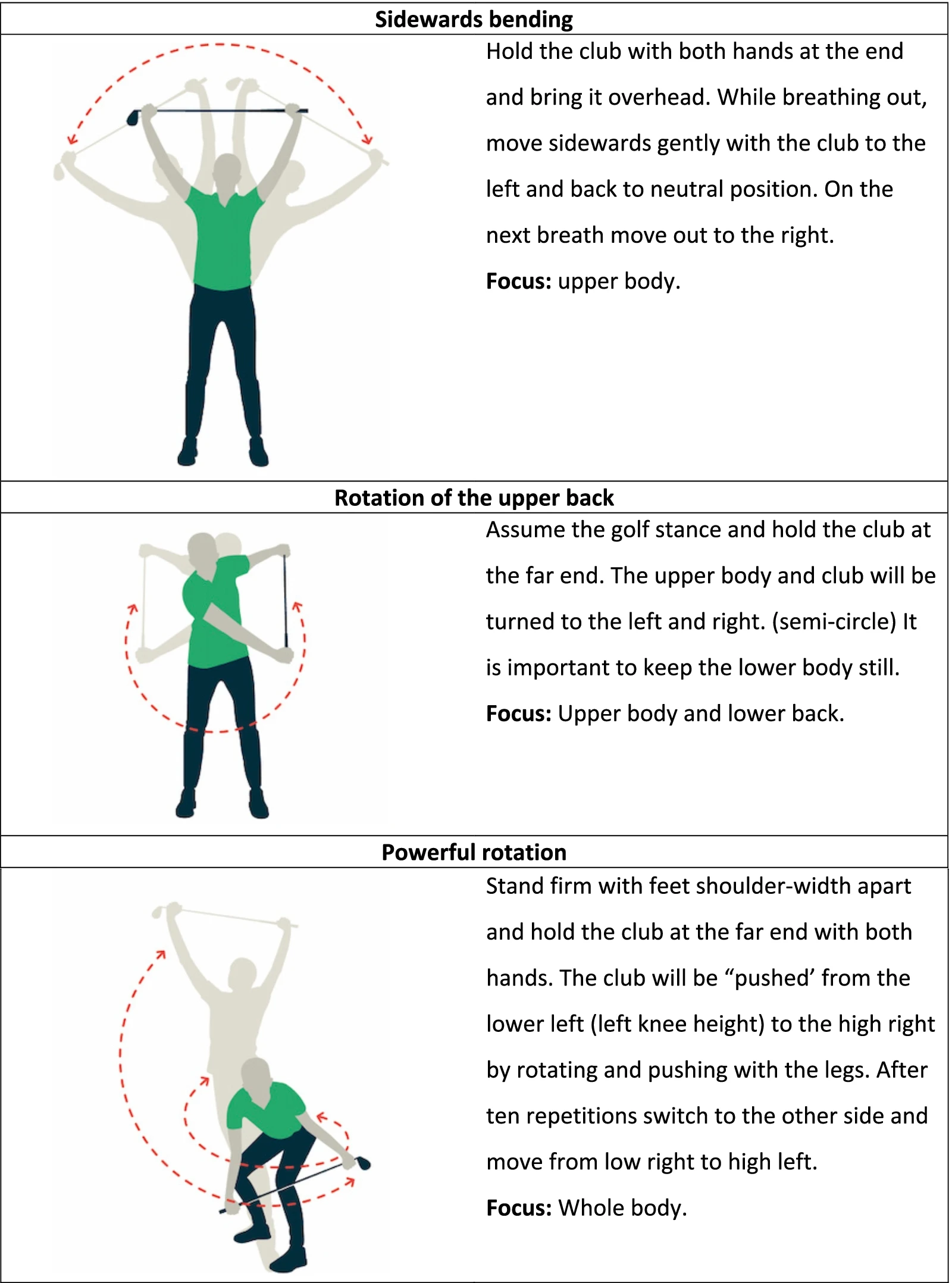
Proper Technique
Ensure that you are using the correct technique when playing golf. Improper technique can lead to excessive stress on certain areas of the body, resulting in injury. Consider taking lessons from a professional golf instructor to learn the proper golf techniques.
If you are looking for a golf instructor in Hong Kong, we would highly recommend the fantastic coaches at GOLFTEC Hong Kong, who have even helped our own physiotherapists level up their golf game!
Use the Correct Golf Equipment
Use equipment that is appropriate for your body type and skill level. This includes the right set of golf clubs, golf shoes, and other accessories.
A relatively heavy golf club with extra weight will force the body into an unnatural position in the backswing and follow-through. This places a large amount of stress on the lower back. A softer club grip helps reduce vibration during the golf swing into the arm – this may place less pressure of golfers with arthritis.
Having the golf equipment that is correctly fit for your swing and body will reduce the risk of injury, as they are designed to minimise the strain on your body. Whether you’ve just started golf or are an experienced golfer, it is a good idea to get custom fit clubs, especially if you’d like to get the most out of your game.
Conditioning Program
A conditioning program can help improve your strength, flexibility, and endurance, which can reduce the risk of injury. Whether the conditioning program is designed specifically for your golf game, or is a general one for your overall health & fitness, having good conditioning will benefit you in the physical aspects of golf.
If you need any help with conditioning, don’t hesitate to contact our physiotherapists. We can develop a tailored conditioning program that is specific to your needs and goals.
By following these tips, you can reduce the risk of common golf injuries and enjoy the sport safely.
Need Any Help? Reach Out to Us!
At Posture Plus, we can treat any existing golf-related injuries that you may be struggling with. Our experienced physiotherapists offer hands-on treatments for golf-related injuries, as well as other conditions that affect the musculoskeletal and neural systems.
Equally, if you need any advice on injury prevention, or developing a customised conditioning program, we can help! We provide a posture and core stability assessment and rehabilitation programme, where we can assess your current strength & mobility and determine the best approach to start your training.
Our team of physiotherapists are professional and experienced in working with clients of all ages and treatments are always personalised to their recovery needs. Working with our physios, you will receive a detailed assessment to fully understand the root cause and identify areas requiring treatment. From there, we then develop a program to help clients return to or improve their mobility and function, with advice on exercises and activities to minimise the risk of injury.
Written by Agnes Wong

BSc (Hons)(PT)(UK), MSc (Sports) (HK)
Dip. Acup (HKPA Accredited)
Registered Physiotherapist (HK & UK)
Agnes is a registered physiotherapist with extensive experience in treating musculoskeletal and sports-related injuries. She holds a BSc (Hons) in Physiotherapy from the University of Manchester in the UK and a Master’s degree in Sports Physiotherapy from a Hong Kong university.
Agnes has worked in both public and private settings and has gained expertise in treating a wide range of conditions. She is particularly interested in treating office workers with postural issues and using her experience with elite athletes to help people recover from their injuries and return to their sports activities. Agnes is also a certified Pilates practitioner and has been teaching Rehabilitation and Conditioning Pilates for over 14 years. Her mission is to help people understand their conditions and guide them through their recovery by treating the cause of their condition rather than just the symptoms.
References
https://bmcsportsscimedrehabil.biomedcentral.com/articles/10.1186/s13102-022-00511-4#Sec3
https://www.professionalevents.co.uk/_images/_products2downloads/109_317.pdf
https://www.researchgate.net/publication/232815514_Golf-related_injuries_A_systematic_review
Leave a reply